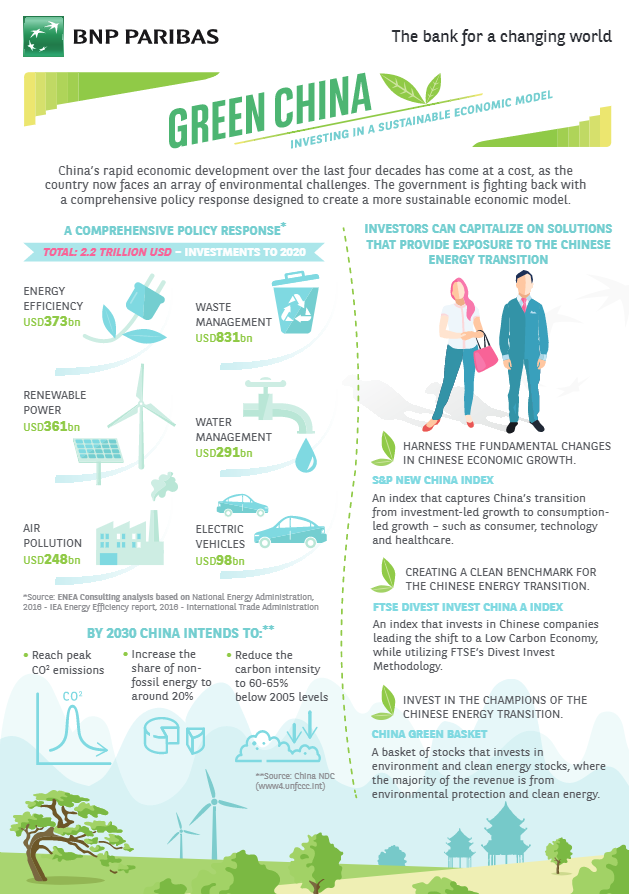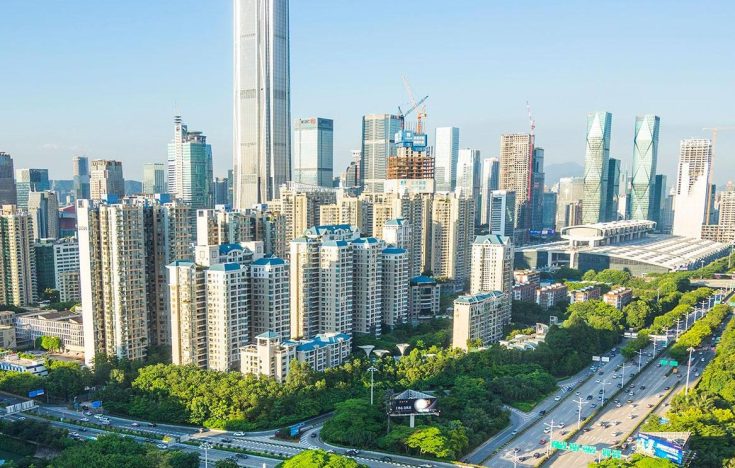During
President Xi’s tenure since 2013, China has taken momentous strides to green
its financial system in order to address the social and economic imbalance
caused by environmental degradation after four decades of rapid growth.
“We encourage
simple, moderate, green and low-carbon ways of life, and oppose extravagance
and excessive consumption,” President Xi told the 19th national congress of the
Chinese Communist Party (CCP) in October.
“We will
launch initiatives to make the party and government offices do better when it
comes to conservation, and develop eco-friendly families, schools, communities
and transport services,” he added.
Earlier this
year, five pilot zones in the provinces of Guangdong, Guizhou, Jiangxi, and
Zhejiang, as well as the Xinjiang region, were launched to promote green
finance. Banks in those regions are given incentives to lend to firms in
environmentally friendly sectors.
While it is
not yet the largest in fourth place, China is already Asia Pacific’s
fastest-growing market for sustainable investing. Sustainable investments have
grown by 157% annually in the country since 2014, from $450.9 million to $2.9
billion1 and most of the money has funded clean energy projects.
But its leaders
remain unequivocal: “In terms of the green market growth, the current
development is not sufficient, meaning huge potential in the future,” Yang
Weimin, deputy head of the Office of the Central Leading Group on Finance and
Economic Affairs told reporters on the sidelines of the 19th National Congress.
This focus on
sustainability means new investment opportunities are opening up in more
environmentally focused areas, after decades of growth being driven by fixed
asset investment and heavy industry.
While it is not yet the largest in fourth place, China is already Asia Pacific’s fastest-growing. market for sustainable investing
The S&P New China Index for example, removes old economy companies, leaving a selection of Chinese companies in new sectors such as technology, consumer and healthcare.
Though new, the S&P New China index has already provided impressive performance. Since the beginning of this year it gained 48.09%, outperforming the HSCEI by 22.2% over the same period2.
The FTSE China A50 Divest Invest Index uses more sophisticated screening techniques to increase exposure to green companies, which will create important differentiation between polluters and sustainability-focused companies ahead of the introduction of the carbon market later this year.
Similarly, the China Green Basket – a selection of 26 stocks that includes both A shares as well as Hong Kong-listed companies – offers diversified exposure to companies that focus on environmental protection and clean energy production. It can be invested as a single underlying instrument via a Delta-One product.

[1] International Finance Corporation (IFC) in China Brief, 2017
[2] Bloomberg, BNP Paribas; data as at 9 October 2017
